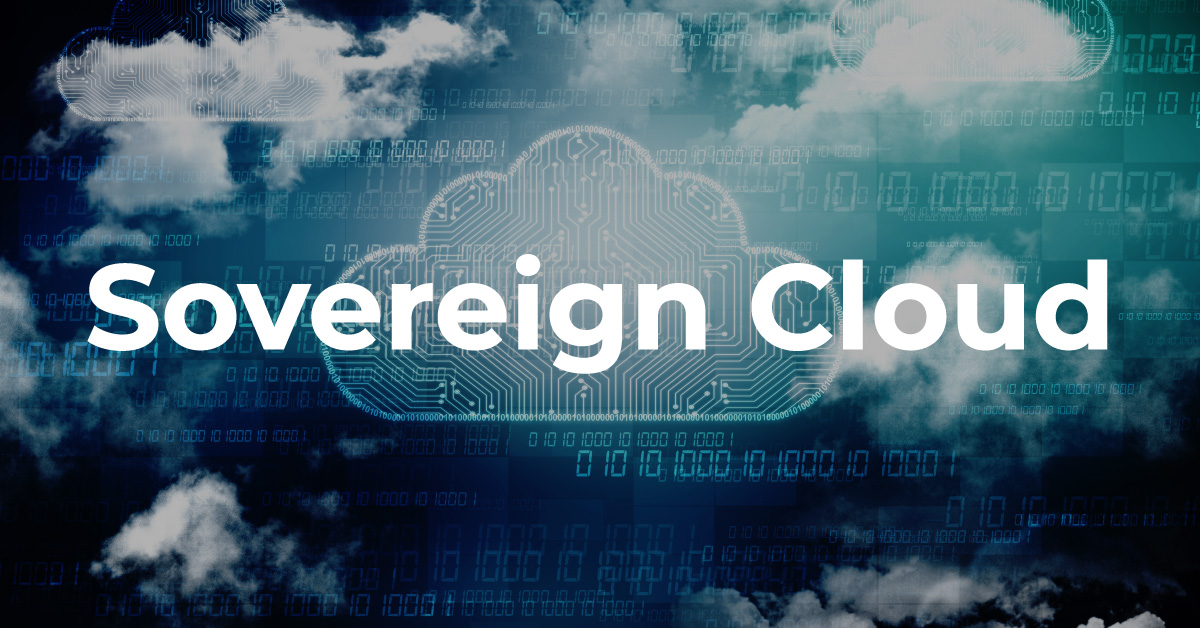
October 29, 2025
Cloud Sovereignty and the Future of Data Governance in Multi-Cloud Systems
Cloud Sovereignty and the Future of Data Governance in Multi-Cloud Systems
Ever wondered where cloud data goes? Is it on a global server or in your local area? The rise of multi-cloud techniques makes this topic more critical. Developers have many challenges while managing data and complying with rules. Cloud sovereignty is changing how organisations handle data internationally. I'll show you how this affects developers and, more importantly, how to prepare for data governance's future!
What is Cloud Sovereignty?
Okay, let's clarify. Using a country's laws, cloud sovereignty controls where your data is stored. Does that sound complicated? Developers must understand. Imagine choosing the laws that control your data's behaviour, like GDPR in Europe or CCPA in California.
Why does this matter to developers? Imagine designing a cloud software that must follow numerous regional data laws. Users in another country may not like storing all your data in one. Cloud sovereignty helps you follow local regulations, avoid fines, and maintain user confidence. Let's see how multi-cloud systems react!
The Challenges of Data Governance in Multi-Cloud Environments
Multi-cloud setups are flexible but difficult for data governance. Why? Because cloud service suppliers have different rules about how to store data, make sure they follow them, and keep it safe. In this way, managing data is both fun and dangerous, like balancing hot swords.
AWS, Azure, and Google Cloud may have different regulations for where your data can be stored. This makes data sovereignty laws difficult to obey, and your application may violate regional data restrictions.
Don't worry, there are solutions! We'll talk about how to create code that handles multi-cloud problems well and makes sure it follows the rules.
A basic multi-cloud data storing method:
import requests
# API call to choose a region for cloud storage
api_url = "https://api.cloudprovider.com/v1/set_data_region"
params = {
"data_region": "EU", # Set region to Europe
"data_id": "12345"
}
response = requests.post(api_url, json=params)
if response.status_code == 200:
print("Data region successfully set to Europe")
else:
print("Error setting data region")This code section ensures you call the right API area, one of the easiest ways to make your app compliant.
APIs in cloud sovereignty
You must be wondering, “How can I make this all work seamlessly in my app?†APIs are your greatest friends when it comes to managing data across many clouds. Data storage APIs make it easy to choose the proper place and follow the standards for data sovereignty.
APIs can automate the storage of data, the selection of cloud regions based on where users are, and the management of compliance flags to keep things legal. Let's say you want to maintain user data in Europe. An API call could do the job for you:
import requests
# API to choose specific data region for cloud storage
api_url = "https://api.cloudprovider.com/v1/set_data_region"
params = {
"data_region": "EU", # Europe
"data_id": "user123"
}
response = requests.post(api_url, json=params)
if response.status_code == 200:
print("Data region successfully set to EU.")
else:
print("Error in setting region.")APIs like this provide local law compliance and easy data movement in multi-cloud systems. Localised code lets developers maintain cloud sovereignty simply.
The Future of Cloud Sovereignty and Data Governance
We've talked about the basics, but what's next for cloud sovereignty? GDPR tightens data control, and India and Brazil are implementing sovereignty rules, making things more complicated.
All the time, developers need to know about new data rules. Your code should be able to deal with a variety of legal situations without any issues. As governments throughout the world crack down on how companies manage personal data, data sovereignty will become increasingly important.
The future? APIs that work in specific regions, automated compliance tools, and data governance frameworks that know where they are are very important. If you write code that is both scalable and compliant, you will be ahead of the game.
How Developers Can Prepare for the Future of Cloud Sovereignty
Okay, what can you do now to prepare? Encrypt your data, control your areas using APIs, and make sure that your programs automatically track compliance. Create a complete plan for managing data that can work with multiple clouds and only keep data in legal locations.
A short tip: Automate data region logging to audit and assure compliance:
import datetime
# Log data region compliance
def log_compliance(data_id, region):
with open("compliance_log.txt", "a") as log_file:
log_file.write(f"{datetime.datetime.now()} - Data ID: {data_id} - Region: {region}\n")
log_compliance("12345", "EU")This simple logging method organises and prepares for audits.
Conclusion
In the world of multi-cloud systems, where things change quickly, every worker needs to know about cloud sovereignty. With the correct tools and techniques, managing data across departments may be easy and follow the rules. If you want your apps to do well, you need to stay ahead in this ever-changing cloud world.
395 views
